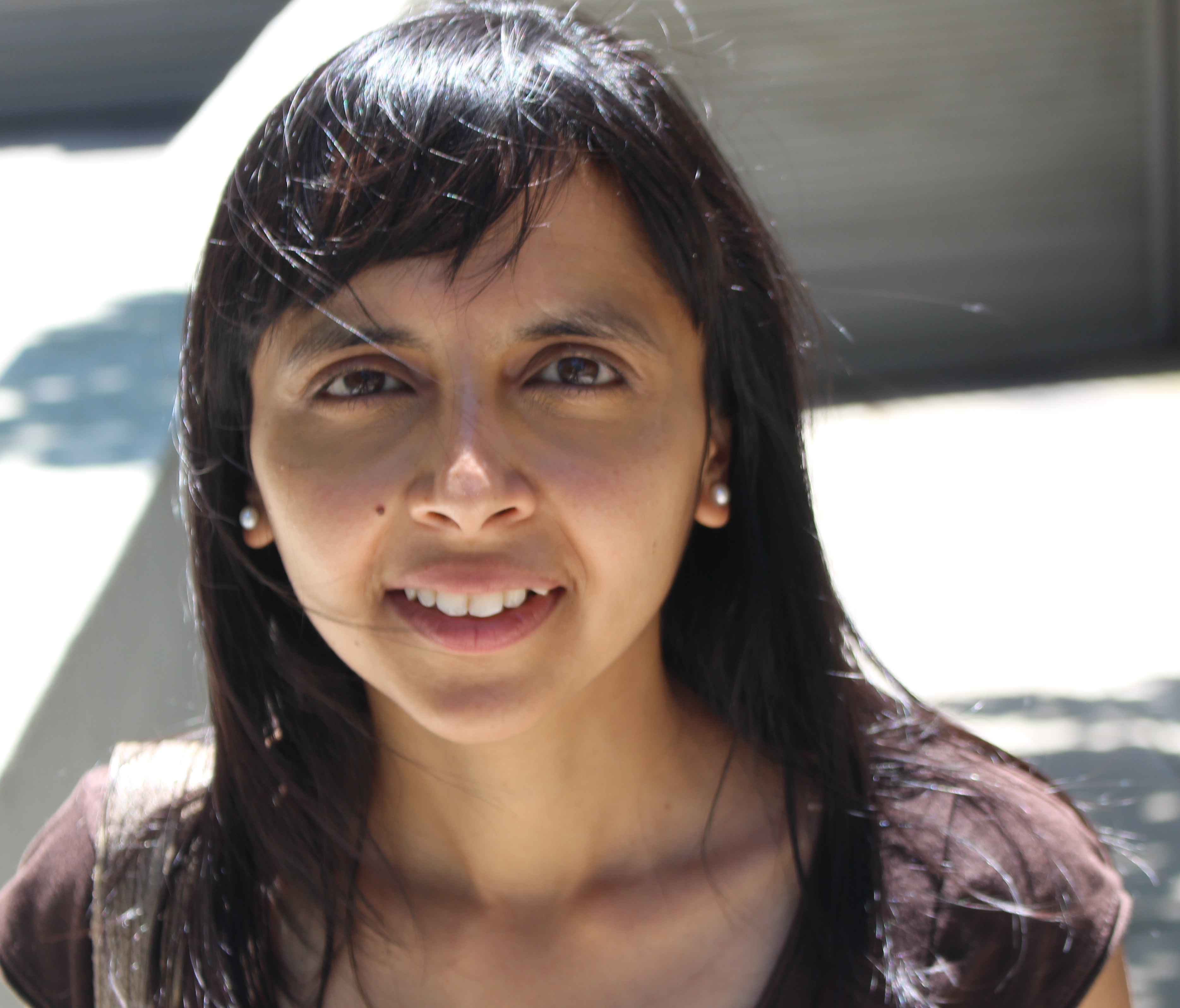Autophagy components and B cell activation during SLE
General Audience Summary
The B cells of lupus patients are hyperactive, causing inflammation and damage to tissues. By studying mice, she has discovered a new molecular control switch for these cells. In their new study, they want to find out more about how this control switch works in human B cells and why it doesn’t function properly when people develop lupus. Some patients carry varying versions of the switch proteins, and they want to investigate how these differences affect whether someone gets lupus. Better understanding of the control switch will help efforts to develop new treatments that flip it on; in patients with lupus.
What this study means to people with lupus
Dr. Acharya’s group has found a new pathway in lupus, having identified proteins that normally work together to prevent B cells, a type of immune cell that releases disease-fighting molecules, from targeting patients’ cells. Working with human B Cells, she will investigate why these proteins fail to put on the brakes in lupus and potential new treatments to get them working properly again.
Scientific Abstract
SLE is characterized by aberrant activation of self-reactive B cells by self antigens containing TLR ligands. In our current work we have found that a family of adhesion molecules the alpha(v) beta3 integrins engage autophagy components atg5 and LC3 to limit B cell responses to TLR ligand and self-antigens. Loss of this regulatory mechanism leads to enhanced B cell TLR signaling and accelerates autoimmunity in mice. This function of autophagy components begins to explain the recent findings that link polymorphisms in the autophagy genes with SLE. Therefore, in this grant we propose to establish how and why these autophagy components get activated in human B cells and their role in development of SLE. In aim 1 and 2 we will use human tonsil B cells and a human B cell line to understand the mechanism of activation of autophagy components and regulation of TLR signaling. In aim 3 we will use B cells from subjects with risk variants in atg5 gene, variants in integrin beta3 gene and B cells from SLE to understand the role of this TLR-integrin-autophagy pathway in development of SLE. These results would provide a new therapeutic direction for SLE through targeting the autophagy components and integrins.




